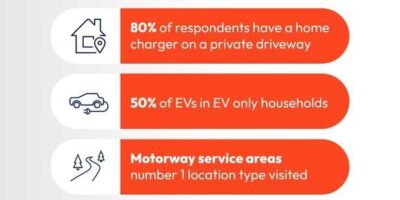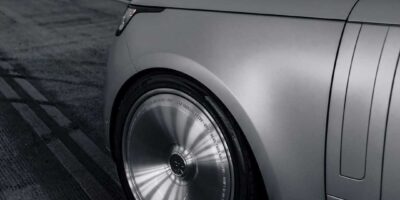The number of employees paying company car tax has reached a five-year high, boosting Treasury coffers by millions of pounds, newly-released data shows.
The provisional figures, from HMRC, reveal that 960,000 employees paid benefit-in-kind (BIK) tax on a company car in 2015/16 – a 1% rise on the revised figure of 950,000 recorded the previous financial year.
The combination of BIK tax and national insurance contributions (NICs) is now worth £2.08bn to the Treasury, compared to £1.92bn in 2014/15 – an increase of 8% or £160 million.
It means that the average value of a company car to the Government has risen to £2,166 a year, up from £2,021 in 2014/15 and an increase of 29% on 2009/10 (£1,680) when the number of company cars hit 970,000.
That year, the combination of BIK tax and NICs was worth £1.63bn to the Treasury (£450m less).
Figures show company car drivers have paid the lion’s share of the increase on 2014/15, some £110m more compared to the additional £50m paid by employers.
The higher tax take can, in part, be explained by the increase reported in the taxable value over the same period.
The main cause of this is the two percentage point increase in the appropriate percentage for company cars in 2015-16 (in previous years there has typically been a one percentage point increase).
This, combined with a slight increase in the average car P11D prices, has resulted in a taxable ‘value’ of the company car parc of £4.32bn in 2015/16, which was £370m (9%) more than the £3.95bn recorded in the previous financial year.
Employment tax and company car specialist Alastair Kendrick, said: “It will be interesting to see whether increases in BIK [rates], and the question mark over diesel, will lead to some slight reductions [in the number of employees paying company car tax].â€
Economic uncertainty during Brexit could also play its part, but data from the Arval Corporate Vehicle Observatory (CVO) suggests more fleets are predicting an upturn in vehicle numbers over the next three years, rather than a fall.
Half of the UK fleets it surveyed which were operating 50-plus vehicles said they expected to grow their fleet, compared to 13% which predicted a decrease.
Shaun Sadlier, head of the CVO, said: “They are the ones who would anticipate any corporate changes that are being envisaged on a strategic level which could have a negative effect on fleet numbers. However, confidence is high.â€
Overall, the HMRC data shows the number of recipients of taxable benefits in kind increased slightly to 3.76m in 2015-16. The total taxable value also increased to £8bn – up £400m on the previous financial year. More than half (54%) of that £8bn was down to the company car parc, with private medical and dental insurance responsible for almost a quarter (23%), and ‘free’ fuel 9%.
However, in terms of number of recipients, private medical and dental insurance was the most widely received benefit (65%), followed by cars (26%), excess mileage allowance (6%) and ‘free’ fuel (5%).
The HMRC data also suggests that the number of recipients of excess mileage allowance payments is continuing to reduce.
This is a payment which exceeds the approved mileage allowance payment (AMAP) rate for staff reclaiming business mileage in their own cars, the so-called grey fleet.
The number of recipients of taxable excess mileage allowance payments held steady until 2009/10, with a slight fall in 2010/11 from 550,000 to 510,000 and then a much larger fall (to 380,000) in 2011/12.
Kendrick said: “The numbers receiving a mileage allowance in excess of the approved rate reduced in 2011/12, following an increase in the rate that year [from 40p to 45p for the first 10,000 miles].â€
The number of recipients has decreased further, falling to 210,000 in 2015/16, compared to 250,000 the previous financial year.
Since 2007/08, the taxable value has also fallen steadily from £200m to £60m in 2015/16.
Kendrick said: “This is likely to be because the public sector has revised its rates to bring them in line with what is accepted by HMRC.â€
The number of employees receiving ‘free’ fuel has also fallen, with 180,000 receiving the benefit in 2015/16; 10,000 fewer than the previous financial year. HMRC says that the reduction in car fuel benefit is likely to reflect rising fuel prices.
Kendrick concluded: “There is still an opportunity to look at those employees who are provided with free fuel and whether people still take this when the tax on the benefit in kind exceeds the cost of the private fuel they enjoy.â€








